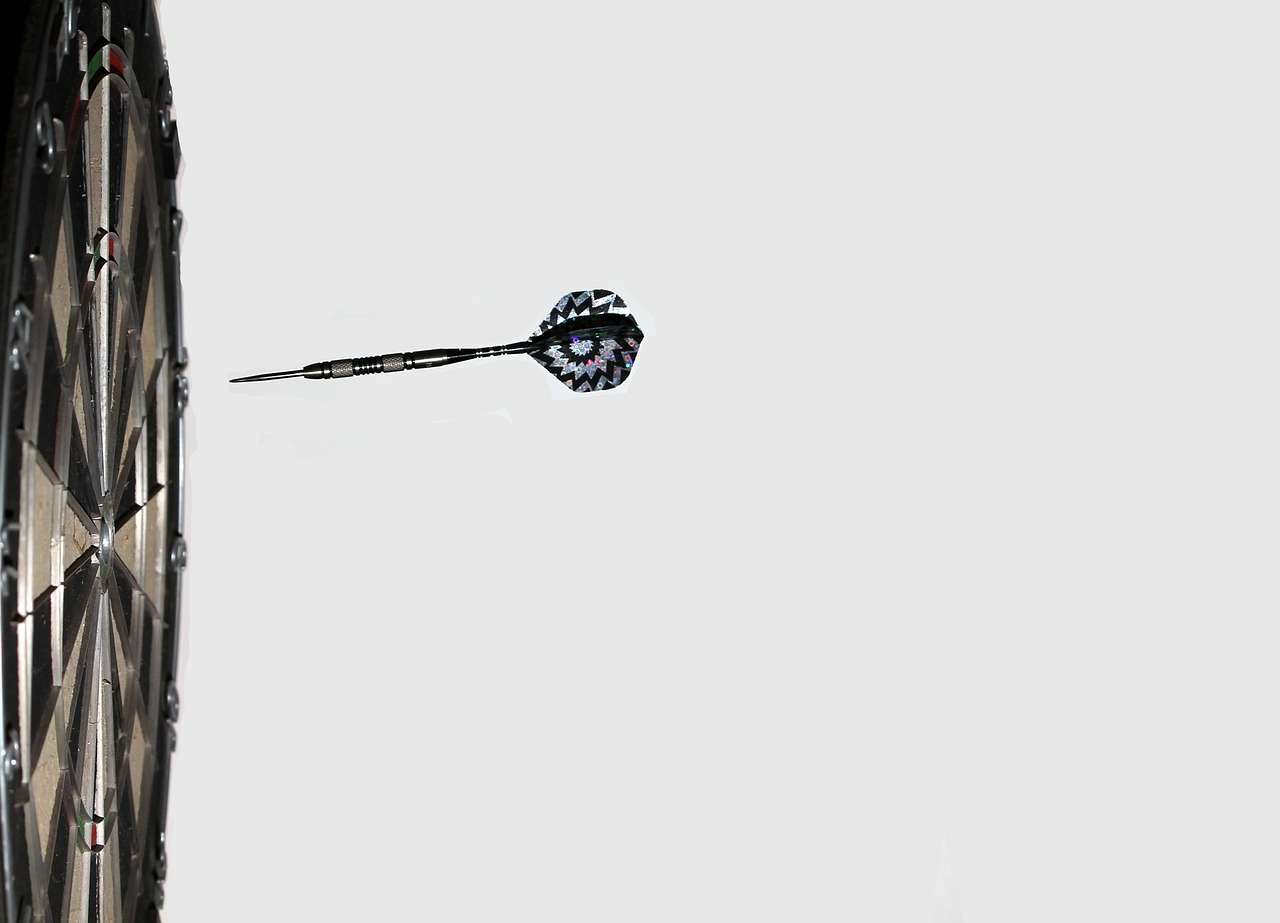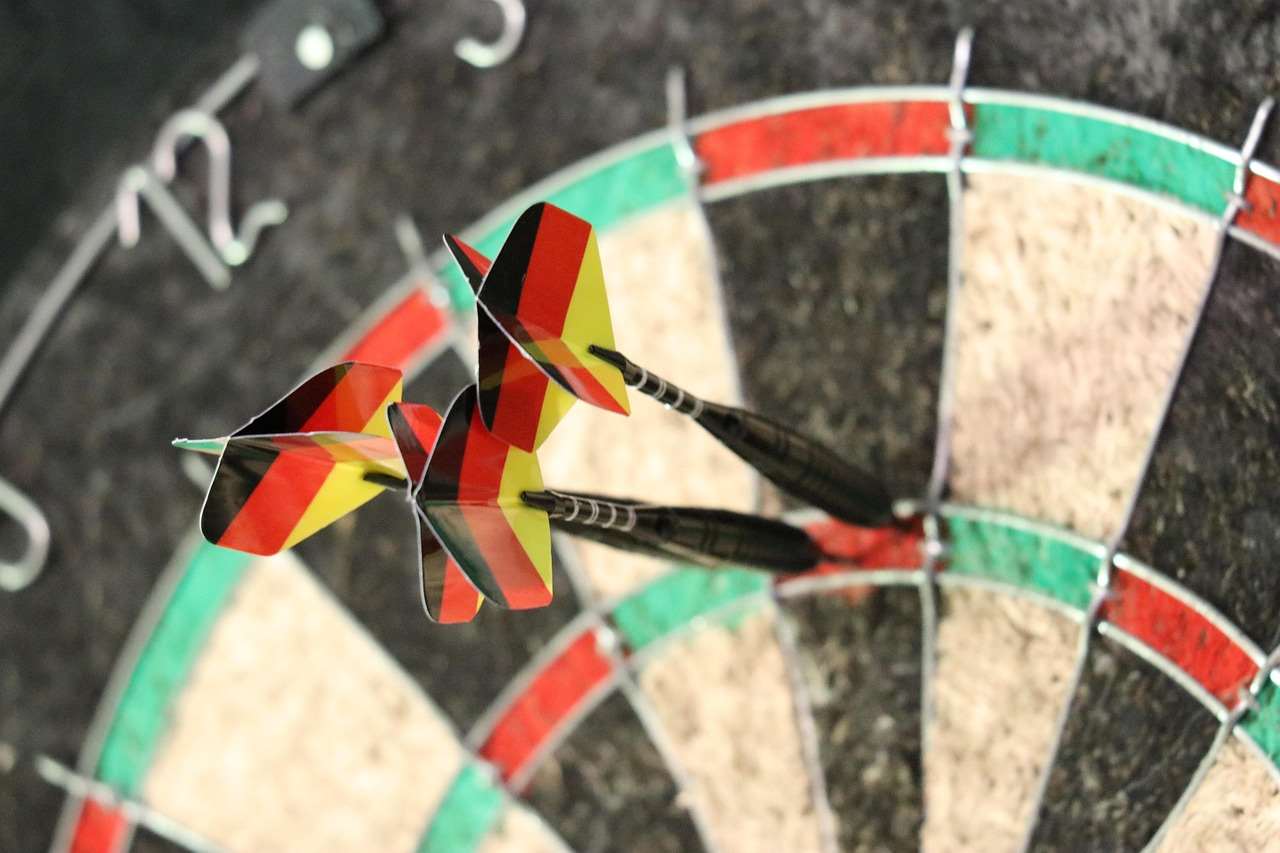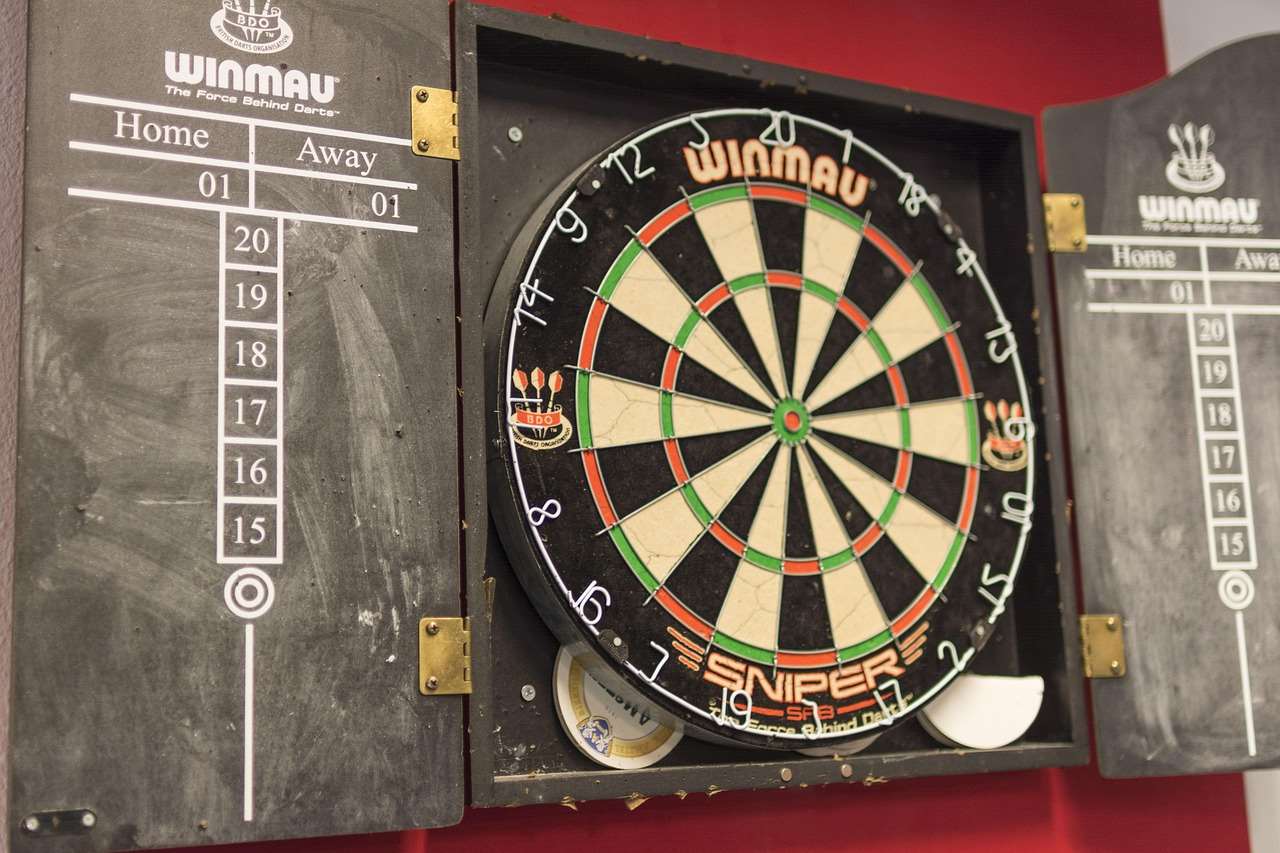Choosing the right darts barrel and tip is crucial for achieving consistent accuracy and a satisfying playing experience. This article will guide you through understanding the different types of barrels and tips, their impact on your throw, and how to select the perfect combination for your game. We’ll also explore related aspects like dart flights, shafts, and maintenance tips.
⚠️ Still Using Pen & Paper (or a Chalkboard)?! ⚠️
Step into the future! The Dart Counter App handles all the scoring, suggests checkouts, and tracks your stats automatically. It's easier than you think!
Try the Smart Dart Counter App FREE!Ready for an upgrade? Click above!
Selecting the right darts barrel and tip is a significant step towards improving your game. The barrel’s weight, shape, and material directly influence your grip, throw, and overall accuracy. Similarly, the tip’s material and shape impact how well the dart sticks in the board. Understanding these aspects is vital to becoming a better darts player.
Understanding Darts Barrels
The darts barrel is the most important part of your dart, accounting for the majority of the dart’s weight. It’s the part you grip and throw, so its design greatly impacts your playing style. There’s a wide variety of barrels available, each with unique features catering to different preferences and playing styles.
Materials: Brass, Tungsten, and More
Darts barrels are typically made from brass or tungsten. Brass is cheaper but heavier for its size, making it suitable for beginners. Tungsten, on the other hand, is denser and allows for a smaller, more compact barrel with the same weight, offering better balance and improved grouping. Some manufacturers also use nickel-silver alloys offering a compromise between brass and tungsten.
Choosing the right material depends on your personal preference and skill level. Heavy darts, often made of brass, can be easier to control for beginners, while tungsten allows for greater precision for experienced players. When considering your darts barrel and tip, remember material is key.

Shapes and Grips
Darts barrels come in a wide range of shapes, including torpedo, cylindrical, and many variations. The shape impacts your grip and release. Some popular grips include the front grip, the middle grip, and the rear grip. Experimenting with different shapes will help you find the barrel that best suits your throwing style.
Consider the different barrel designs. Some feature rings, grooves, or knurling to enhance grip, while others are smoother for a different feel. For optimal performance, your darts barrel and tip must work together harmoniously.
The Importance of the Dart Tip
While the darts barrel is essential, the tip plays a crucial role in securing a successful throw. The dart tip is the pointed end that enters the dartboard. Its design and material greatly affect how well the dart sticks.
Tip Materials: Nylon, Plastic, and Steel
Most dart tips are made from nylon, plastic, or steel. Nylon tips are soft, less durable, but good for beginners. Plastic tips are slightly tougher but still less durable than steel. Steel tips are the most durable and are preferred for professional play. When selecting your darts barrel and tip, keep in mind the longevity of your investment.
Tip Shape and Point
Dart tips can also vary in shape and point. A sharper point can sometimes lead to more consistent placement, but a slightly blunted point can provide more forgiveness if you slightly miss the bullseye. This again comes down to personal preference and skill level. Many consider the darts barrel and tip as two parts of a whole.

Matching Barrel and Tip: Finding Your Perfect Combination
The ideal combination of darts barrel and tip depends largely on your personal throwing style and preference. Begin by experimenting with different barrels to find a comfortable grip and weight. Then, choose a tip material that suits your play style and the durability you prefer. If your playing surface is a bristle board, steel tips are required.
The weight of the darts barrel combined with the weight of the tip slightly affects the flight of the dart. When choosing a darts barrel and tip, you might consider also looking into flight protectors. Using a heavier dart can help with speed and accuracy for some players.
Beyond the Barrel and Tip: Other Dart Components
While the darts barrel and tip are vital, don’t forget the other components of your darts. These include shafts and flights.
Shafts: Connecting Barrel and Flight
Shafts connect the barrel to the flight and their length and material affect the dart’s aerodynamics. Longer shafts generally provide more stability in flight. Materials range from plastic to aluminum.
Flights: For Stability and Control
Flights stabilize the dart’s flight. The shape and size of the flight affect the dart’s trajectory and accuracy. Standard flights are usually 3 inches wide. Using the right flights with your darts barrel and tip configuration is crucial to success.

Dart Maintenance and Care
Maintaining your darts prolongs their lifespan and ensures consistent performance. Regularly inspect your darts barrel and tip for damage and replace worn-out components as needed. Clean your darts after use to remove any dirt or debris.
Cleaning your darts is simple, but essential to maintaining performance. A little care with your darts barrel and tip can really make a difference over time.
Common Mistakes to Avoid
Many new players make the mistake of focusing solely on the weight of the dart, neglecting other factors like grip and throwing technique. Ensure you practice good throwing form, as the right technique makes a far greater impact than a marginally better dart.
Don’t underestimate the importance of properly maintaining your darts barrel and tip, regular cleaning keeps your equipment in top condition. Consider using a dart oche to maintain consistent form and placement.
Choosing Your First Set of Darts
For beginners, starting with a well-reviewed and reasonably priced set is recommended. Don’t feel the need to invest heavily until you’ve established a preferred throwing style. Consider using an app like the Dart Counter App to track your progress and help analyze your games.

Experiment with different darts barrel and tip combinations to find what works best for you. Don’t be afraid to try out various weights and materials to discover your ideal setup.
Advanced Darts and Customization
As you improve, you may consider exploring customized darts. This allows you to fine-tune the weight, balance, and grip to perfectly match your style. Many professional players have their own custom-made darts.
Learning about darts barrel and tip types isn’t just about the equipment; it’s about understanding how to best utilize the equipment to play a better game.
Conclusion
Selecting the right darts barrel and tip is a crucial step toward enhancing your game. By understanding the different materials, shapes, and designs available, you can choose a combination that suits your individual playing style and preference. Remember to consider other dart components, such as shafts and flights, and maintain your darts regularly to keep them in optimal condition. With the right equipment and practice, you can significantly improve your accuracy and score higher.
Ready to elevate your darts game? Explore our wide selection of high-quality darts and accessories! Check out our 24-gram dart sets for a great starting point.

Hi, I’m Dieter, and I created Dartcounter (Dartcounterapp.com). My motivation wasn’t being a darts expert – quite the opposite! When I first started playing, I loved the game but found keeping accurate scores and tracking stats difficult and distracting.
I figured I couldn’t be the only one struggling with this. So, I decided to build a solution: an easy-to-use application that everyone, no matter their experience level, could use to manage scoring effortlessly.
My goal for Dartcounter was simple: let the app handle the numbers – the scoring, the averages, the stats, even checkout suggestions – so players could focus purely on their throw and enjoying the game. It began as a way to solve my own beginner’s problem, and I’m thrilled it has grown into a helpful tool for the wider darts community.